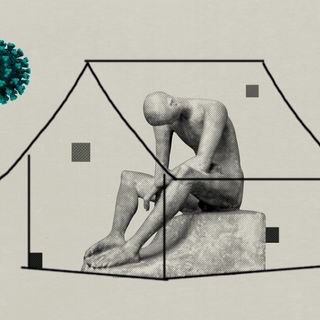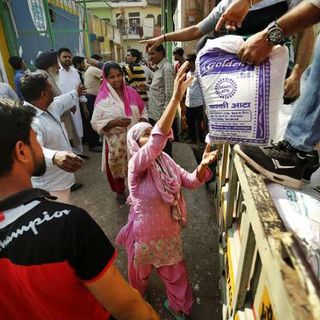A document published on the website of the Ministry of Health and Family Welfare on Saturday says that Covid19 is at the stage of “local transmission” and “limited community transmission” in the country — in direct contrast with what the government told the media at a press conference days later. As laypeople continue to struggle with this information-chaos, let us break down the differences between community and local transmission, and why the distinction matters.
The WHO categorizes the spread of a pathogen according to stages, as a way of indicating the severity of its permeation among the population of a country. Stage 1 refers to “imported cases,” where an individual picks up the virus while travelling to infected countries. Stage 2 is “local transmission” that occurs when infected individuals can trace the person they were infected by.
On the other hand, community transmission, or Stage 3, happens when an individual contracts the infection without having traveled to infected countries, or knowingly having been in contact with confirmed cases, making the source of infection untraceable. “Community spread is when you catch it from other people — at work, out shopping, on public transport, but you’re catching it from people who probably don’t think they have the infection (sic). Nevertheless, they’re contagious and able to pass on the infection,” Dr. Andrew Freedman, clinical reader in infectious diseases at Cardiff University, told BBC News.
Related on The Swaddle:
Why Is Covid19 Killing More Men Than Women?
In the meantime, reports of cases with untraceable sources have already started emerging in Tamil Nadu and Karnataka — hinting that community transmission may have already begun in India.
The only universally accepted way to ascertain community transmission — and have a hope of containing it — is widespread testing. But, unfortunately, testing in India has been severely hampered by a lack of resources, and as a result, we have limited information on the virus’s true spread throughout India.
If we are indeed in the community transmission phase, even revised testing guidelines might not be enough to assess, and therefore control, the spread of the virus. In Stage 3, individuals with “no symptoms at all or very mild symptoms” can infect a wide range of people they come in contact with, as Dr. Freedman said. Currently, the guidelines don’t allow testing even for individuals with mild symptoms, who don’t have a travel history, or have come in contact with confirmed cases — leave alone asymptomatic individuals.
As of March 27, India was among the countries that had conducted the fewest number of tests on its people despite confirmed cases of the coronavirus in the population — a measly 18 tests had been performed per million people here. The sooner we admit we’re in stage 3 and start testing widely, the better our chances in this crisis.




